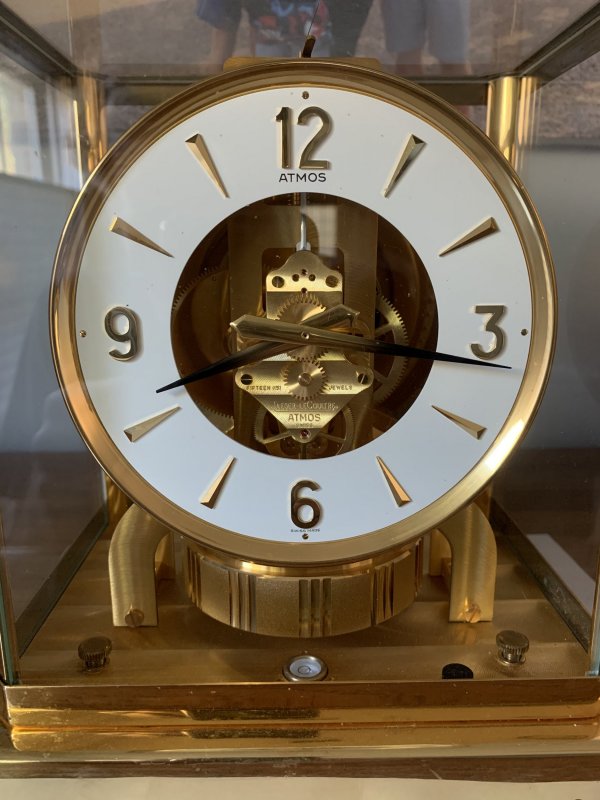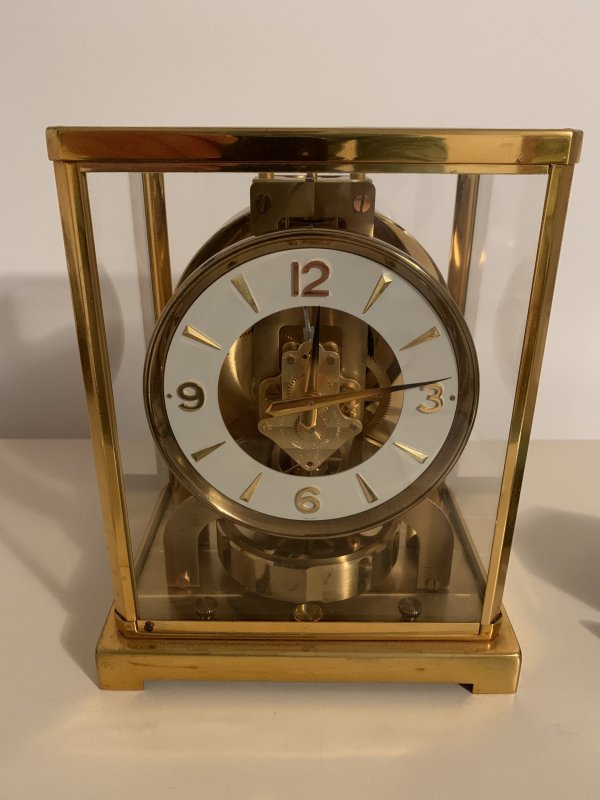Please forgive me if this is in the wrong forum, I thought it would be relevant to horological types ..
My perpetual Atmos clock has stopped being perpetual :[ it is wound by a metal folding diaphragm with some gas mixture that expands and contracts with temp and atmospheric pressure.. It has been going for several decades and now is only right twice a day...
So I was going to open it up and remove the Back containing the diaphragm, watching vids, etc... sighs.. Was wondering if anyone has done similar, seems to be common issue, otherwise a very reliable device and finely crafted.. I read horror stories about people sending them in for service.. this is something time won’t heal !
Thanks in advance..
My perpetual Atmos clock has stopped being perpetual :[ it is wound by a metal folding diaphragm with some gas mixture that expands and contracts with temp and atmospheric pressure.. It has been going for several decades and now is only right twice a day...
So I was going to open it up and remove the Back containing the diaphragm, watching vids, etc... sighs.. Was wondering if anyone has done similar, seems to be common issue, otherwise a very reliable device and finely crafted.. I read horror stories about people sending them in for service.. this is something time won’t heal !
Thanks in advance..



